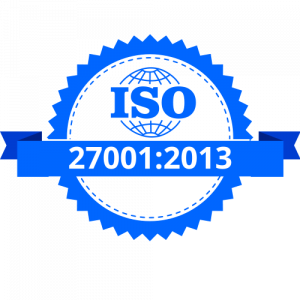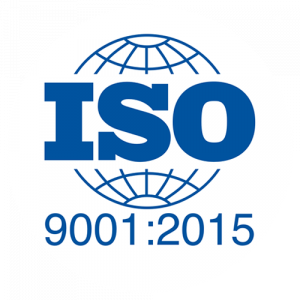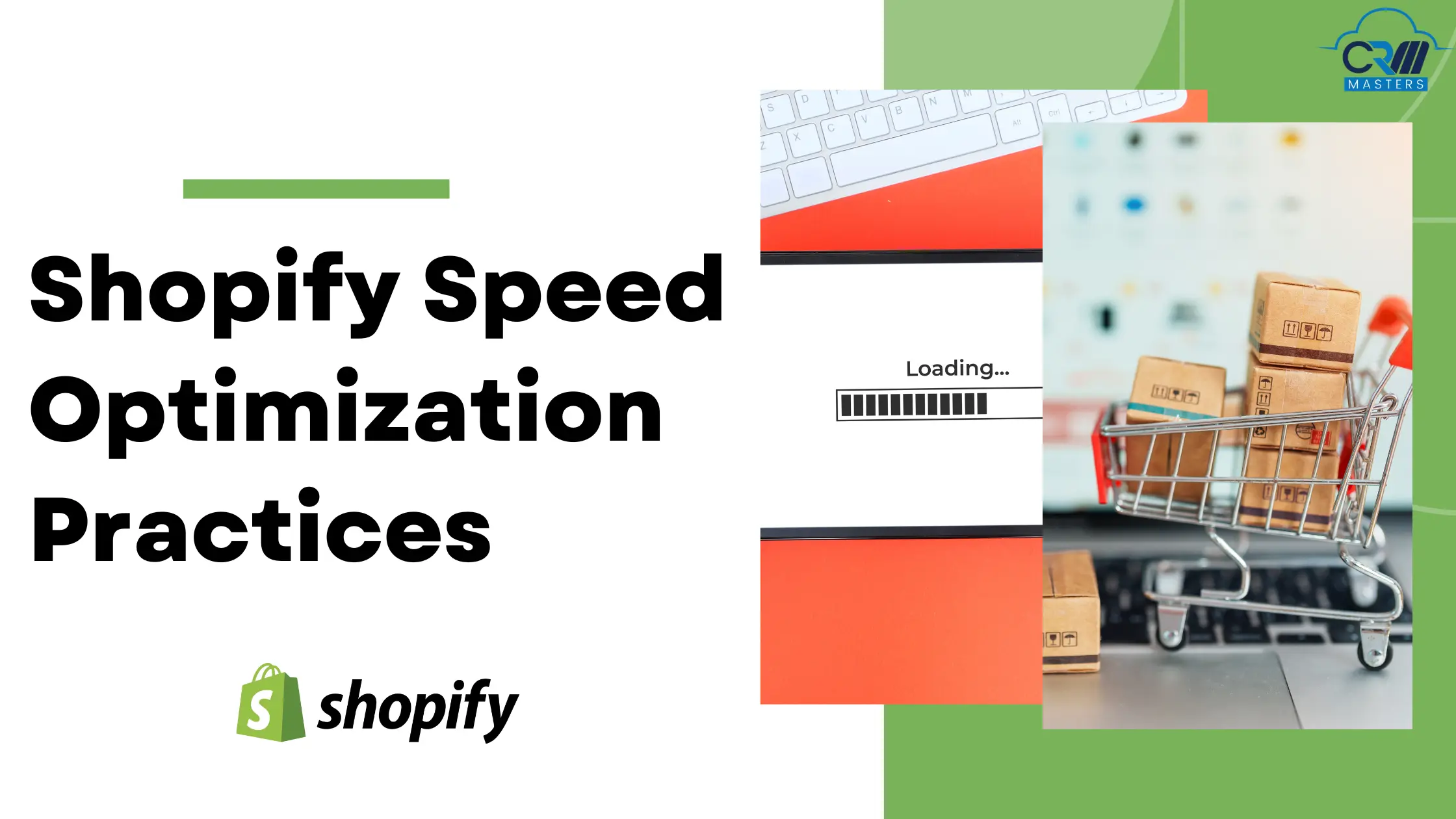
Shopify Speed Optimization Practices for Boosting Your Store
Optimizing your Shopify store speed is vital for your business’s success and significantly impacts sales. A study conducted by Akamai reveals that for every additional second it takes for a page to load, conversion rates can drop by 20%. Websites that load quickly provide an enhanced user experience, which helps reduce bounce rates. Although it may be a minor factor in rankings, page speed can still lead to significant improvements in SEO performance. All these enhancements can ultimately contribute to more effective digital marketing outcomes, such as email promotions or advertisements. In this blog post, you will learn the top 10 Shopify speed optimization practices for optimizing page speed on Shopify.
What is Speed Optimization in Shopify?
Speed optimization in Shopify refers to improving your Shopify store loading time and overall performance. This involves enhancing various aspects of your website, such as the code, images, apps, and server performance, to ensure that your store loads quickly and efficiently for users. Fast-loading websites not only offer better user experiences but also improve SEO rankings, increase conversions, and contribute to higher customer satisfaction.
Here are some key elements of speed optimization in Shopify:
1. Faster Load Times for Better User Experience
The speed of your Shopify store directly impacts how users interact with your site. A faster store ensures customers don’t abandon your site due to slow loading times, leading to a better shopping experience. This is crucial as research shows that even a delay of one second can cause a significant decrease in conversion rates.
2. Optimized for Mobile and Desktop
Speed optimization ensures that your Shopify store performs well across mobile devices. With an increasing number of users shopping on mobile devices, ensuring your site is mobile-optimized and loads quickly on smartphones and tablets is essential.
3. Reducing Bounce Rates
When your site takes too long to load, users may abandon it before seeing your products. Speed optimization reduces bounce rates, keeping visitors engaged and more likely to browse your products and make purchases.
4. Higher Conversion Rates
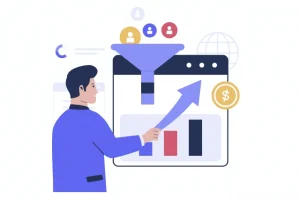
Faster websites tend to convert better because visitors can navigate your store and make purchases quickly without frustration. A quicker checkout process, for instance, reduces cart abandonment rates and leads to more completed sales.
How to Optimize Your Shopify Website’s Speed?
Enhancing the speed of your Shopify store is crucial for improving user experience, boosting SEO rankings, and increasing conversions. A fast website can make a significant difference in your store’s success. Here are some actionable steps to optimize your Shopify website speed:
1. Choose a Lightweight, Fast Theme
The theme you choose for your Shopify store significantly affects loading speed. Opt for a lightweight theme that’s optimized for performance and doesn’t include unnecessary features. Shopify provides a variety of themes specifically designed for optimal speed. Avoid using too complex or feature-heavy themes, as they may slow down your store.
2. Compress and Optimize Images
Images are often the most extensive files on a website and can slow down page loading times. To improve your store’s speed:
- Compress Images: Use tools like TinyPNG or Shopify’s built-in image compression to reduce the size of your images without sacrificing quality.
- Use WebP Format: WebP images are smaller and load faster compared to traditional formats like JPEG and PNG. Consider converting your images to WebP for better optimization.
- Resize Images Appropriately: Ensure that images aren’t larger than necessary, especially on mobile devices, to reduce load time.
3. Minify CSS, Javascript and HTML
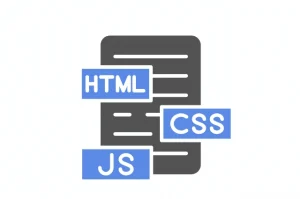
Minification is the process of eliminating unnecessary spaces, comments, and line breaks from your CSS, JavaScript, and HTML files. This reduces their size and helps your pages load faster. Shopify apps or external tools can help you minify these files automatically.
4. Enable Browser Caching
Browser caching allows your store’s assets (like images, JavaScript, and CSS files) to be stored in a user’s browser so they don’t need to be downloaded again whenever they visit your site. Enabling browser caching ensures faster load times for return visitors. Shopify automatically handles caching, but you can also adjust cache expiration settings to optimize it further.
5. Utilize a Content Delivery Network
You can distribute your store’s assets across multiple servers worldwide with a Global Content Delivery Network (CDN) in Shopify. This ensures that your store loads quickly, regardless of where your visitors are. Shopify handles this for you, but optimizing your images, CSS, and JavaScript is necessary to take full advantage of the CDN.
6. Optimize your Homepage
The homepage is one of the most essential pages on your Shopify store, so ensuring it loads quickly is crucial. To optimize your homepage:
- Limit Sliders and Carousels: While they may look appealing, they can slow down your homepage. Use as few elements as possible.
- Focus on Key Products or Features: Display only the most important products or categories to reduce unnecessary content and speed up the load time.
7. Host Videos Externally
Uploading every single video directly onto your website can harm your store’s loading speed since customers are pulling videos straight from your website’s server. Therefore, hosting all of your Shopify product videos externally is advisable. Consider using Vimeo or any other video hosting service.
8. Fix Broken Links
In addition to negatively impacting user experience, neglecting to repair broken 404 links can greatly slow down page loading speeds. These broken pages often occur when the merchant removes pages without implementing any redirects.
9. Review Speed Tool Suggestions
You can assess your website’s performance by using Google PageSpeed Insights. This tool allows you to evaluate desktop and mobile platforms’ Core Web Vitals and performance statistics. Additionally, it provides diagnostics that pinpoint the problems present on your page. Enter your page URL into PageSpeed Insights, hit Analyze, and wait for the results to appear.
10. Migrate Tracking Code to Tag Manager
Google Tag Manager enables website administrators to keep and oversee their site’s tags in one centralized location without coding. Typical examples consist of Hotjar and Google Analytics. Tag Manager loads code asynchronously, allowing several scripts to load simultaneously without hindering the page’s rendering speed.
Conclusion
Shopify speed optimization is essential for building a successful e-commerce business. By following these 10 practical tips, you can ensure your store performs at its best, delighting your customers and boosting your bottom line.
Speed is an ongoing priority—monitor and optimize regularly to stay ahead of the competition!
Want help optimizing your Shopify store?
Reach out to experts of CRM Master’s Infotech who will ensure your company delivers top-notch performance and offers reliable Shopify Development Services to support your business growth.


